Search Images
Browse Content (p. 1368)

Image
Game of Senet
A game box and pieces for playing the game of senet, found within the intact KV62 tomb of King Tutankhamun, 18th Dynasty, New Kingdom of Egypt.
Cairo Museum of Egypt. Photo taken at King Tut Exhibit, Seattle, 2012.
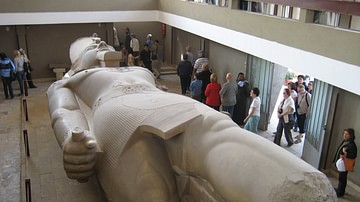
Image
Colossus of Ramesses II
Colossus of Ramesses II in Memphis, Egypt.
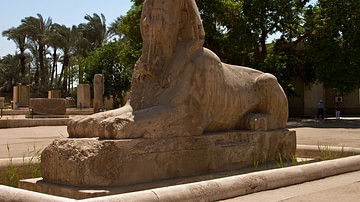
Image
Alabaster Sphinx in Memphis
Alabaster sphinx in Memphis, Egypt.
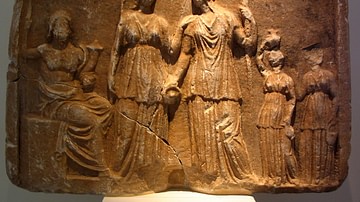
Image
Persephone, Demeter, & Pluto Marble Plaque, Tegea.
A marble plaque from Tegea depicting Pluto, Demeter and Persephone with worshippers. 4th-3rd century BCE. (National Archaeological Musem, Athens)
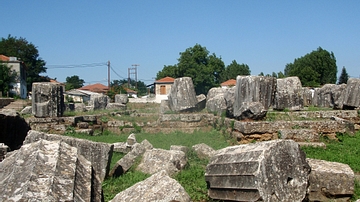
Image
Temple of Athena Alea, Tegea
Column drums and the stylobate of the 4th century BCE temple of Athena at Tegea in the Peloponnese. Originally the temple had 6 x 14 columns and was part of the sanctuary dedicated to Athena Alea.
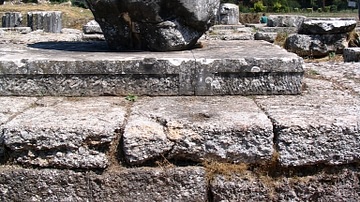
Image
Ruins of the Temple of Athena, Tegea
A column drum and the stylobate of the 4th century BCE temple of Athena at Tegea in the Peloponnese. Originally the temple had 6 x 14 columns and was part of the sanctuary dedicated to Athena Alea.
![Athenian Tribute List [Fragment]](https://www.worldhistory.org/img/c/p/360x202/5691.jpg?v=1599427803)
Image
Athenian Tribute List [Fragment]
Athenian Tribute List Annus 25, 430-429 BCE.

Image
Walls of Jericho
Exacvated remains of the fabled walls of Jericho, c. 8000 BCE. The stone wall was originally 3.6 meters (11.8 feet) high and 1.8 meters (5.9 feet) wide at the base.
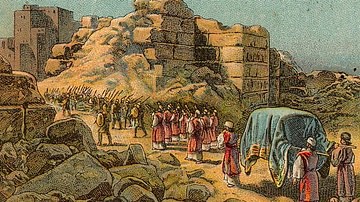
Image
The Israelites Capture Jericho
A 1907 CE Bible card depicting the Israelites and the fall of Jericho after they had carried the Ark of the Covenant around the city's famous walls. The story is recounted in the book of Joshua.

Image
The Pyramids, Giza, Egypt
The Pyramids of Giza, Egypt. The earliest and largest is the Great Pyramid built by Khufu (2589-2566 BCE) and one of the Seven Wonders of the Ancient World.